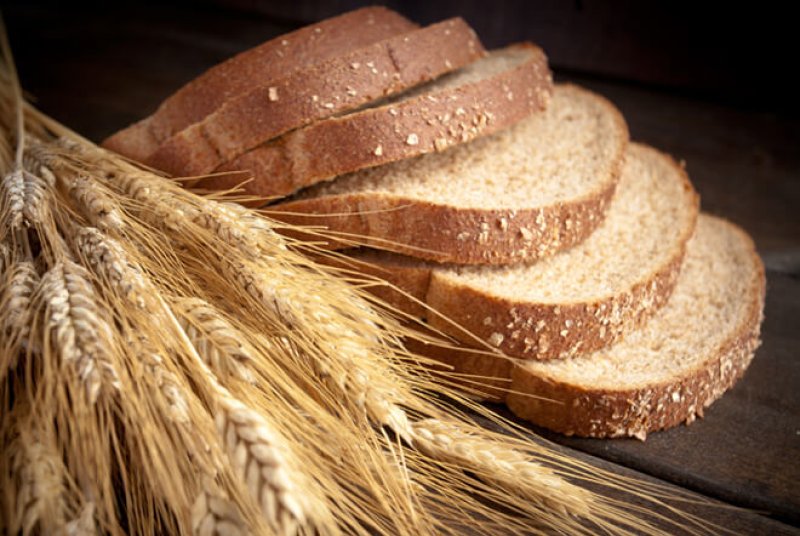The GLP aggregated and excerpted this blog/article to reflect the diversity of news, opinion and analysis.
Before the advent of industrial agriculture, Americans enjoyed a wide range of regional flours milled from diverse wheats, which made flavorful and nutritious breads. For nearly a century, however, America has grown wheat tailored to an industrial system. For the sake of profit and expediency, we forfeited pleasure. Stephen Jones’s Bread Lab’s mission is to make regional grain farming viable, by creating new kinds of wheat that unite the taste and wholesomeness of their ancestors with the robustness of their modern counterparts.
The Industrial Revolution fundamentally altered the process of turning grain into flour. The steel roller mill was a radical departure, because it separated the wheat kernel into bran, germ and endosperm. Before roller mills, all three parts were processed together. As a result, flour was pungent and speckled, because of fragrant oils released from the germ and bits of hardy bran. But those oils turned it rancid in a few weeks. The rise of bread factories also put pressure on plant breeders to make more uniform wheat flour with longer shelf-life.
Jones started his wheat project by digging through seed banks, collecting both heirloom and modern varieties and crossbreeding them. Jones bred for ‘‘flavor, nutrition, funkiness.’’ Each year, Jones and his staff grow between 5,000 and 10,000 kinds of wheat. They have produced wheat with higher levels of micronutrients; grains that are blue and purple; and wheats that imbue bread with spice and caramel.
‘‘Much as grapes acquire a sense of place, we are finding so does wheat,’’ Jones says. This fall, he plans to release two varieties that make excellent, nutty, bread. Once released, the cultivars will either be freely distributed or sold affordably to farmers.
Read full, original post: Bread Is Broken































